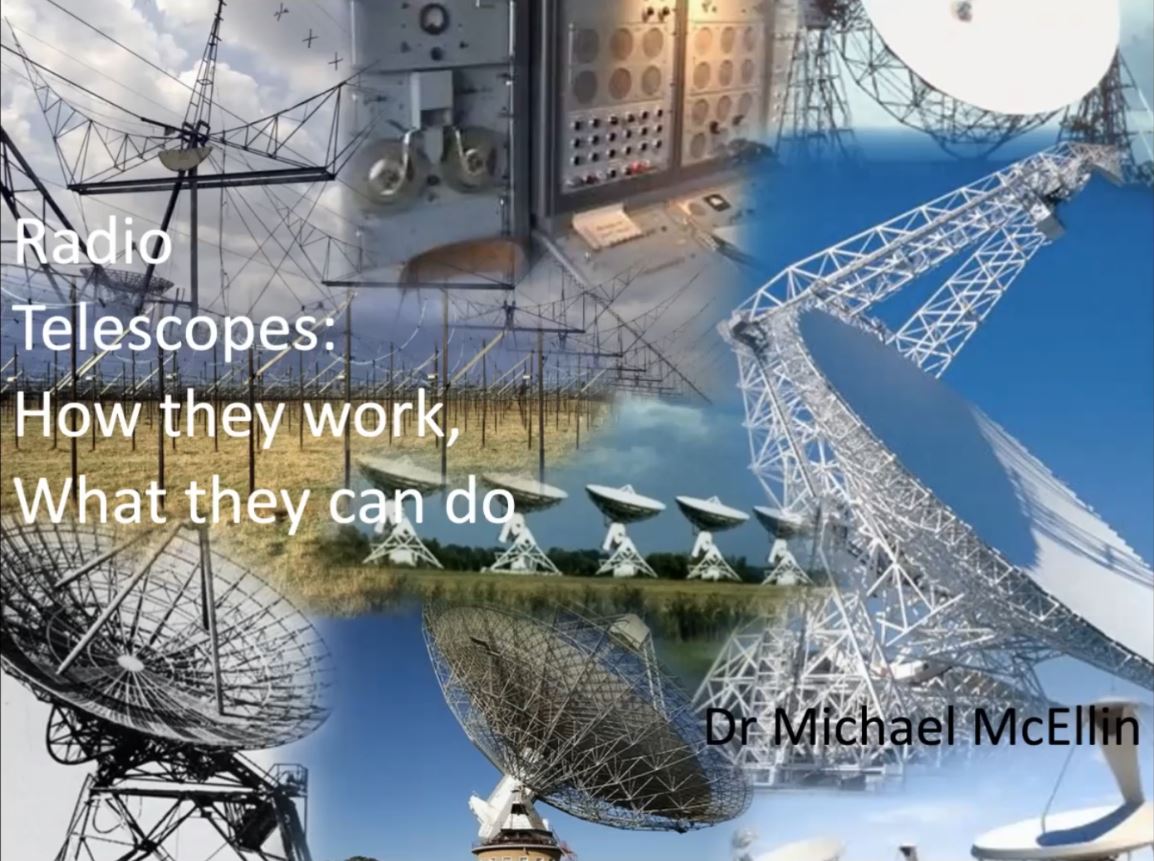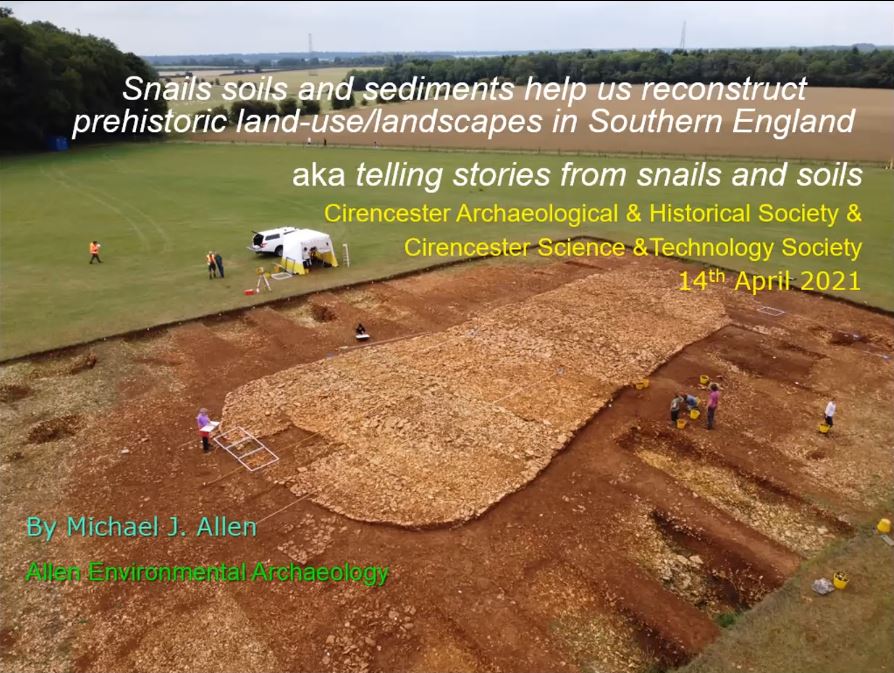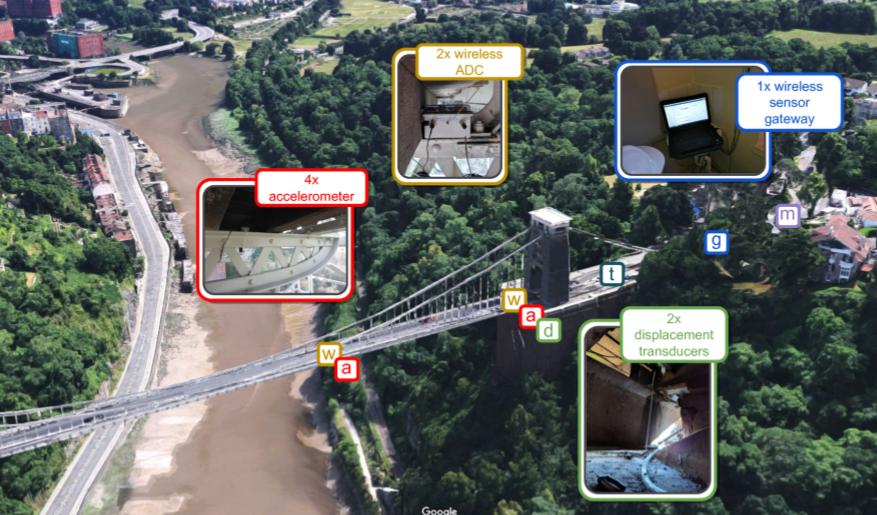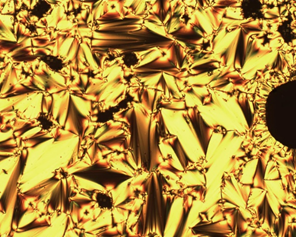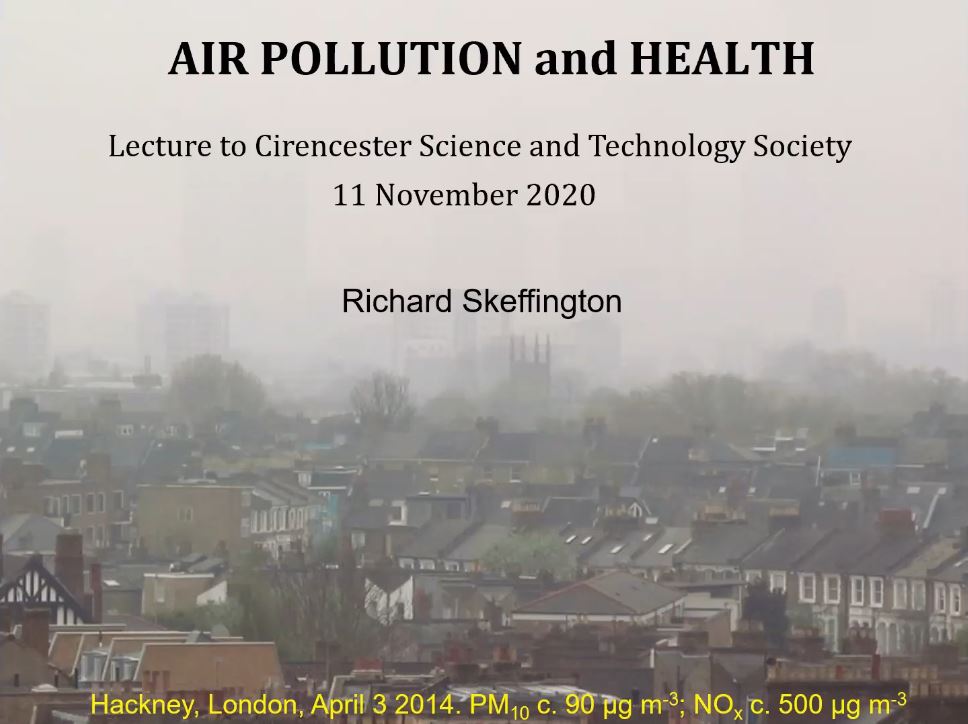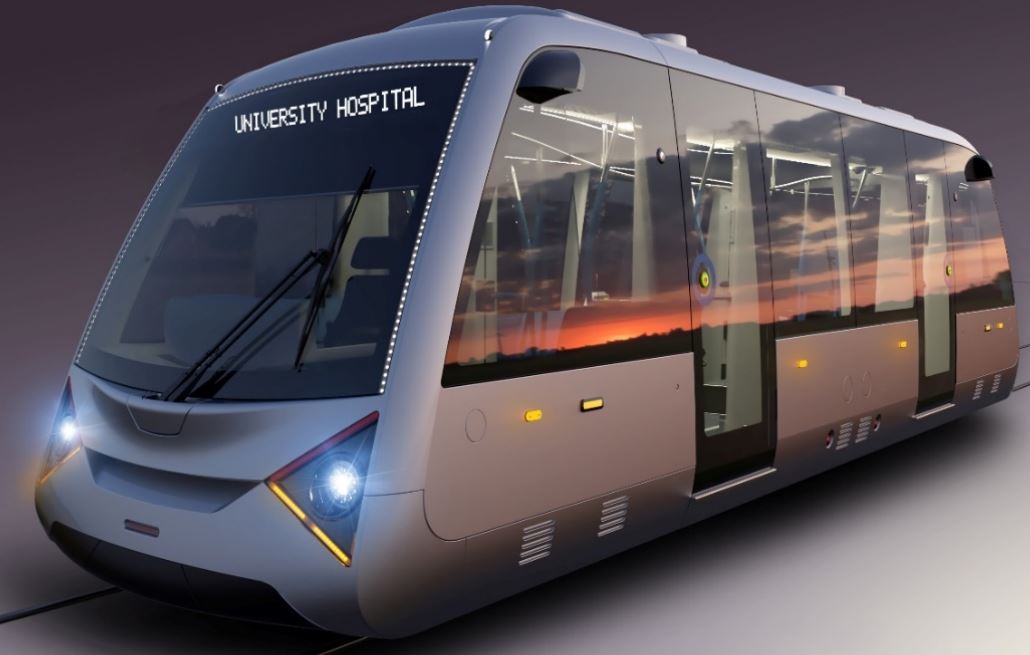Reports, Papers and Other Resources
The Society publishes reports on all of its lectures, some of its visits, selected members papers and suggested reading material in its bookshelf. These can all be found in date order below.
The Society also published a monthly bulletin, the archive for these can be found here.
A preliminary talk presented to the Cirencester Science & Technology Society committee by Dr. Michael McEllin on the development and principles of radio telescopes, focusing on the technology and engineering behind the amazing discoveries of how the Universe works.
- Category: Lecture Reports
- Date: Wednesday, 9 Sep 2020
- Dr. Michael McEllin
- CSTS Member
A talk for the Cirencester Science & Technology Society presented by Dr. Mike Allen, Archaeologist, Bournemouth University (joint lecture with Cirencester Archaeological and Historical Society)
Dr. Allen explains the role of an environmental archaeologist in discovering the lives and cultures of prehistoric people by studying the soils and creatures that are in them.
- Category: Lecture Reports
- Date: Wednesday, 14 Apr 2021
- Dr. Mike Allen, Archaeologist
- Bournemouth University
- Category: Lecture Reports
- Date: Thursday, 10 Dec 2020
- Richard Gunner
- Cirencester Community Railway
- Download Report: RailScheme_CSTS_Presentation_20xc.pdf
- Category: Lecture Reports
- Date: Wednesday, 12 Feb 2020
- Dr Michael dePodesta
- National Physics Laboratory
Professor Allison challenged the Science Society audience with a fascinating lecture on the sources and history of the relationship between humans and energy through to the options for truly sustainable energy in the future. From an outline of the basic physics of energy his talk illustrated energy capacity in terms of three basic models.
A brief outline of the classical understanding of kinetic and potential energy (wind, hydro and tide) was followed by an explanation of quantum electronic energy sources such as food, fuel combustion, fire and batteries with energy capacities thousands of times greater than from the classical variants. Finally, he dealt with quantum nuclear energy sourced by fission or fusion and with outputs greater, by a factor of a million, than is available from quantum electronic or chemical sources.
Not only are wind and solar power sources relatively inefficient in terms of conversion but there is, in most locations, an inevitable element of unreliability and intermittency which requires the existence of back-up generating sources to secure a 24/7 supply.
Having explained the energy efficiency of quantum nuclear with amusing graphics, the lecture progressed with a challenging argument in favour of energy production using proven methods of nuclear fusion that are highly efficient in terms of physical input/output ratios. However, there exists a public perception that nuclear power is a dangerous and expensive way for societies to generate electricity.
Professor Allison presented evidence indicating that the extreme fear in the public domain regarding the dangers of radioactive contamination from nuclear power generation vastly exaggerates the reality. In essence human safety is secured through physics and biology. In the case of the former the electric field surrounding nuclei is an effective barrier to the release of fresh nuclear energy, As for the latter, life on Earth has adapted, over millions of years, to levels of natural radiation that were much higher in the distant past than now.
The talk emphasised the issues of biological adaptation with illustrations of the return of healthy wildlife after the Chernobyl disaster and the survival of the majority of people exposed to severe radiation after a spillage of a therapy source at Goiania in Brazil that was one thousand times the level of public exposure after the Fukushima disaster.
The essence of the lecture was that for green and sustainable energy production one of the key sources must be through nuclear generation and for this to come to fruition there must be much better levels of education so that people understand the scientific reality behind the process.
- Category: Lecture Reports
- Date: Wednesday, 8 Jan 2020
- Professor Wade Allison
- Oxford University
The Current Position
Multiple Sclerosis is the most common of the neurological disabilities, striking about 160 in every 100,000, and it has a high impact on those affected with a long progress from diagnosis in early adulthood often leading to loss of ability to work and earn an income and ultimately serious disability several decades later. We can recognise it, and to some extent relieve the symptoms and perhaps slow the progress, but we otherwise do not know what causes it, we do not know the mechanism that leads to inflammation and damage in the nervous system and for any individual we cannot predict the progress of the disease, of how relapses will affect the patient, because the episodes of inflammation can crop up anywhere in the nervous system.
There are many puzzles. Twin studies show that there are genetic factors contributing to the likelihood of MS, but that is not the whole story because only a few twins of sufferers progress to MS themselves. Furthermore, there are multiple genetic markers associated with MS: no single gene is predictive. It is an autoimmune disease and MS sufferers are more likely than average to have other autoimmune diseases and vice versa. Presumably there are environmental triggers, but we do not know what they are - though smoking appears to impair the immune system and raise the risk of contracting MS. Recent research also suggests that gut microbiomes may have some influence - but it is too early to be sure how this will develop. For some reason it is also more common in females than males and also among those living in high latitudes - perhaps there is a connection with vitamin D levels?
The Future
In spite of our lack of understanding of causes and mechanisms, there has been steady progress on treating symptoms, mainly through improvements in anti-inflammatory drugs, which can reduce the rate at which permanent damage occurs in the nervous system. Unfortunately, the more effective drugs also have the most serious side effects (such as immunological suppression raising the risk of other infections - and even cancer). Doctors and patients therefore still have difficult choices to make: does one go for the more aggressive treatment as early as possible, hoping to stave off the progressive phase of the disease for as long as possible (accepting the risks) or start with gentler and safer treatments, reserving the more effective but riskier drugs for a time when the disease gets worse?
Dr Harding provided us with a fascinating and information packed lecture, and the audience showed their involvement with the topic through many interesting questions.
- Category: Lecture Reports
- Date: Wednesday, 13 Nov 2019
- Dr Katharine Harding
- Royal Gwent Hospital
